In a previous article, we covered the 'Top Ten Violations' by Federal OSHA for FY 2013. I have wanted to come back to this topic once a bit more information was revealed, and what do you know? I recently came across an article from the National Safety Council (NSC.org) that not only had my previous list of "Most Frequently Cited" from last year, but it also included the top five sections cited under each OSHA Standard. As an added bonus, I have also included the "Top 10 Serious Violations" and the "Top 10 Willful Violations." Of course, both of these are for FY 2013 as well.
Before I jump into the numbers, I wanted to help our readers fully understand what the difference between these types of violations. I have included below the definitions as stated by OSHA.
TYPES OF VIOLATIONS
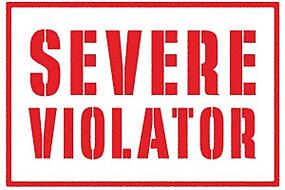 SERIOUS: A serious violation exists when the workplace hazard could cause an accident or illness that would most likely result in death or serious physical harm, unless the employer did not know or could not have known of the violation.
SERIOUS: A serious violation exists when the workplace hazard could cause an accident or illness that would most likely result in death or serious physical harm, unless the employer did not know or could not have known of the violation.
WILLFUL: A willful violation is defined as a violation in which the employer either knowingly failed to comply with a legal requirement (purposeful disregard) or acted with plain indifference to employee safety.
OSHA’s Top 10 Most Frequently Cited Violations for FY 2013
- Fall Protection – General Requirements (1926.501) – 8,739
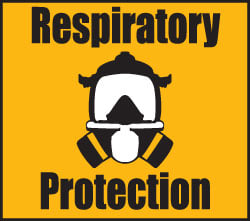
- Medical evaluation general requirements [(e)(1)] – 705
- Establishing and implementing written respirator protection program [(c)(1)] – 650
- Covering situations when respirator use is not required [(c)(2)] – 510
- Respirator selection general requirements [(d)(1)] – 342
- Ensuring respirators are fit tested [(f)(2)] – 332
- Requirements for portable ladders used for accessing upper landing surfaces [(b)(1)] – 1,866
- Ladder use only for its designed purpose [(b)(4)] – 482
- Not using the top or top step of step-ladder as a step [(b)(13)] – 268
- Marking portable ladders with structural defects with tags noting them as defective [(b)(16)] – 215
- Employees shall not carry objects or loads that could cause them to lose balance and fall [(b)(22)] – 107
 Lockout/Tagout (1910.147) – 3,505
Lockout/Tagout (1910.147) – 3,505 Top 10 Serious Violations Federal OSHA issued in FY 2013
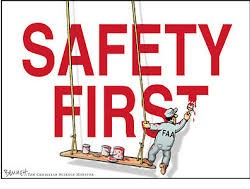 Fall Protection (1926.501) – 7,492
Fall Protection (1926.501) – 7,492
- Scaffolding (1926.451) – 5,213
- Hazard Communication (1910.1200) – 3,761
- Ladders (1926.1053) – 3,162
- Electrical – Wiring Methods (1910.305) – 2,923
- Lockout/Tagout (1910.147) – 2,832
- Machine Guarding (1910.212) – 2,588
- Powered Industrial Trucks (1910.178) – 2,539
- Respiratory Protection (1910.134) – 2,365
- Electrical – General Requirements (1910.303) – 2,204
Top 10 Willful Violations Federal OSHA issued in FY 2013
- Fall protection (1926.501) – 73
- Excavations (1926.652) – 34
- Lead (1926.62) – 25
- Machine Guarding (1910.212) – 23
- Lockout/Tagout (1910.147) – 20
- Scaffolding (1926.451) – 19
- Guarding Floor and Wall Openings and Holes (1910.23) – 18
- Respiratory Protection (1910.134) – 17
- Process Safety Management (1910.119) – 14
- Powered Industrial Trucks (1910.178) – 10


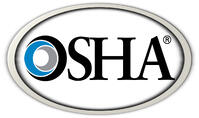
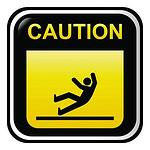 Falls
Falls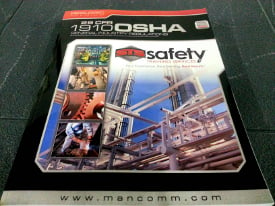
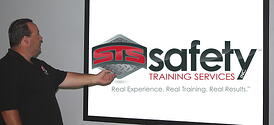 So what should you do, now armed with this knowledge? Well, first thing is get up and simply take a look around your office/plant/factory. Do you see any of these standards violated? In the safety world, if you think you have a problem....chances are you do! If you do not know you have violations or do not know how to look for them, that's perfectly understandable--you are not alone. This is where Safety Training Services can help!
So what should you do, now armed with this knowledge? Well, first thing is get up and simply take a look around your office/plant/factory. Do you see any of these standards violated? In the safety world, if you think you have a problem....chances are you do! If you do not know you have violations or do not know how to look for them, that's perfectly understandable--you are not alone. This is where Safety Training Services can help!